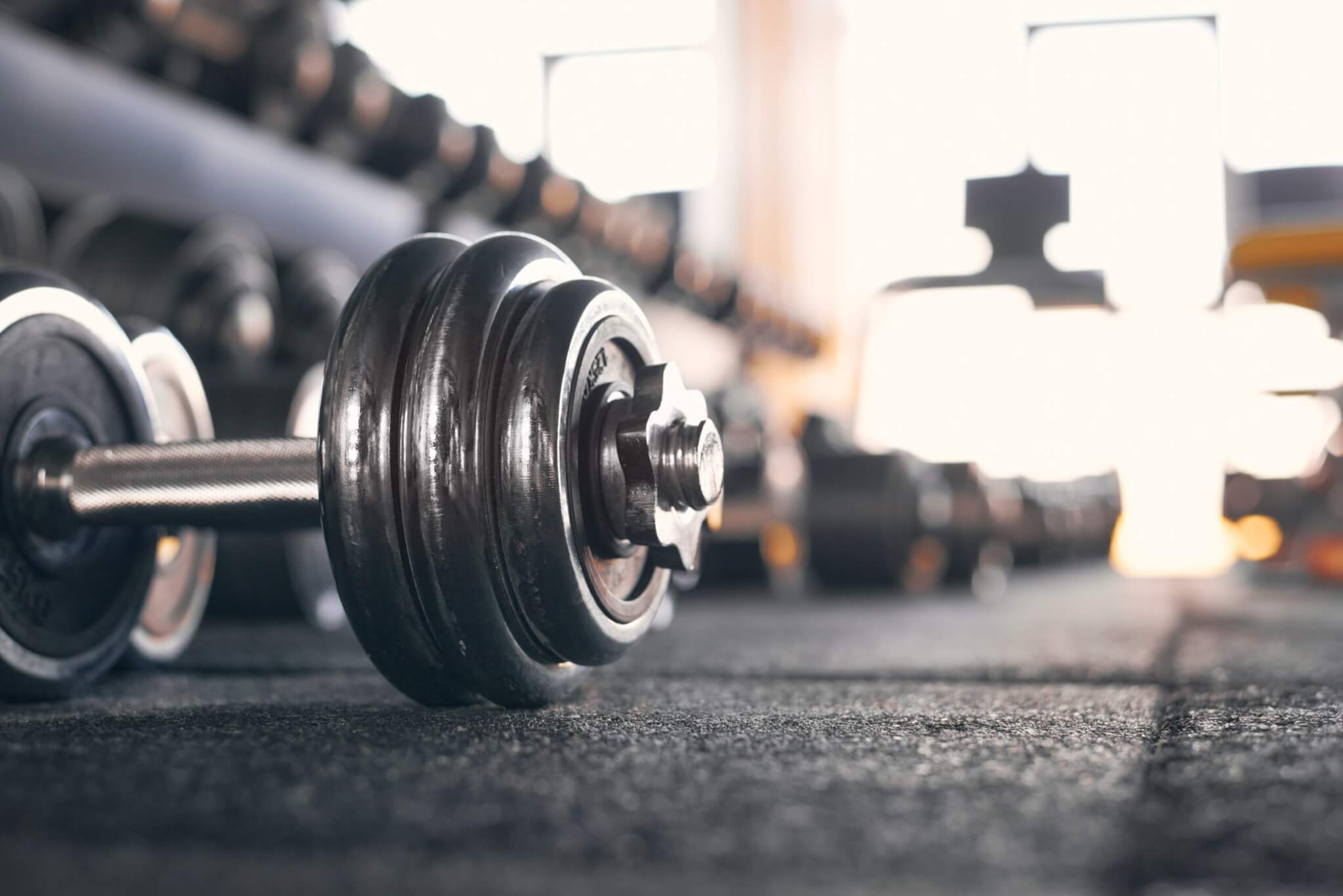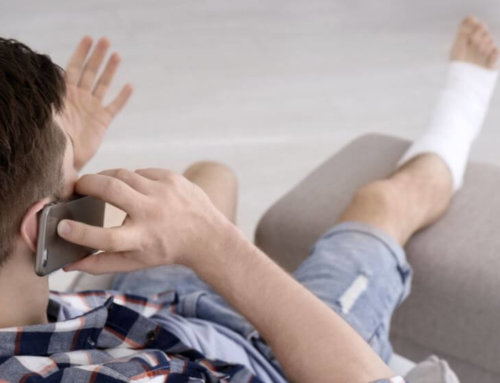Regular gym sessions offer a wealth of benefits. Being physically active can help you manage your weight, boost your mood, and lower your risk of illness. However, physical activity is never entirely without risk.
While a study by the University of Bath indicates that serious gym accidents are rare, they can and do happen. Attempting to lift weights that are too heavy for you to manage, falling on loose mats, and even a simple water spillage that causes you to slip are just a few of the hazards potentially lurking at your local fitness centre.
For most of us, the health benefits gained from gym sessions outweigh the low risk of injury. Nevertheless, the effects can be severe for those who have been hurt at the gym. Gym injuries can be extremely painful, disrupt daily life, lead to a loss of earnings, and, in worst-case scenarios, result in long-lasting or even permanent disability.
If you have been injured in a gym accident that wasn’t your fault, you may be entitled to compensation for your pain, suffering, loss of amenity, and any financial losses.
Of course, prevention is always better than cure, so here, we discuss 10 things you should look out for to avoid an accident at the gym.
1. Broken equipment
Many gyms, particularly those in highly populated areas, experience heavy footfall. Unsurprisingly equipment sometimes gets broken. Characterised by issues such as physical damage, reduced performance and unusual noises, the consequences of using broken gym equipment can range from minor cuts to crushing injuries due to snapped cables.
Gym owners should promptly remove broken equipment from the gym floor or mark it as being out of order until they have had a chance to fix it. However, if the fault is recent, they may be unaware of it. If a piece of apparatus looks unsafe, you should avoid using it and report it to the gym staff. They would much rather be alerted to a potential breakage that turns out to be a false alarm than be ignorant of an issue that leads to a gymgoer being injured.
2. Poorly maintained equipment
Given the heavy use of gym equipment and environmental factors such as humidity, high temperatures, and heavy-duty cleaning, some degree of wear and tear is inevitable. Responsible gym owners should undertake frequent inspections to ensure their equipment remains in good working order.
However, not all gym owners are as conscientious as they might be, and even when they are, potential hazards sometimes slip through the net. Poor systems of maintenance or repair can lead to rusty parts, loose seats, and frayed belts that not only impede your use of the equipment, but they can also result in serious injuries of the kind caused by broken equipment (above).
3. Slippery floors
Slippery floors in gyms are accidents waiting to happen. Leaks from gymgoers’ omnipresent water bottles, dripping perspiration falling from patrons after they’ve taken their post-workout showers, and water that hasn’t dried after a cleaning session, can all make for a treacherous floor.
Slips, trips, and falls in the gym are often unremarkable, leaving the gymgoer with little more than a bruised ego. However, sometimes, they can cause far more serious harm, including broken bones, lacerations, and even head injuries.
4. Inadequate instructions from staff
Even seasoned gymgoers may need help using equipment for the first time. Your gym should induct you when you join and explain how you should operate each piece of equipment. If unsure, ask for further clarification before using it. If you don’t, you risk falling off the treadmill, tripping on the stepper or being crushed by weights too heavy for you to control.
5. Tripping hazards
Raised training mats, rogue skipping ropes, and equipment not returned to the racks after use are just a few of the potential tripping hazards posed by gyms. Slips, trips, and falls in the gym are common and often cause little more than fleeting discomfort.
However, their impact can sometimes be more severe, mainly when the gym floor is unsuitable or insufficiently cushioned. Gymgoers have been known to suffer broken bones, sprained ankles and even head injuries following slips, trips and falls at the gym, so you should be vigilant for any obstructions as you work out.
6. Poor gym layout
Gym owners are keen to offer their patrons as much variety as possible, so they often pack as many machines, free weights, and yoga mats as possible into the available space. However, a properly laid out gym with sufficient space between apparatus not only reduces confusion and creates a pleasing aesthetic, but it’s also crucial to ensuring gym goers’ safety. When a patron uses a rowing machine to back into one lifting weights, the potential for injury is evident.
7. Incorrectly stored equipment
By their very nature, weights are heavy. Gym owners must, therefore, implement safety measures to minimise the risk of injury caused by culprits such as dumbbells, kettlebells and medicine balls.
Your gym should install suitable weight racks to keep weights organised and easily retrievable and avoid them being left on the floor, causing a slip, trip, or fall. If you spot any errant weights with the potential to cause injury, steer clear and highlight the issue to a staff member who will remedy the situation before any harm can be done.
8. Loaded weight machines
Not all gymgoers are well acquainted with gym etiquette, including the expectation that they will remove the weights from equipment when finished. When machines like leg and bench presses are left fully loaded, they pose a significant hazard. It’s essential always to check that a machine is clear of weights or loaded to a weight you can control before using it. If it isn’t, you should ask a member of the gym’s staff to remove the excess weight.
9. Missing safety features on equipment
Most modern gym equipment is fitted with safety features, such as emergency stop systems, safety handles, and panic buttons. These features prevent potentially serious incidents such as weights crashing down on you or an overexuberant turn on the treadmill, resulting in you falling off the end. If those features are missing or broken, you should avoid using the apparatus and report the issue to a staff member.
10. Overcrowding
Gyms often become overcrowded during peak hours, namely before and after work and at lunchtime. An increased number of people increases the likelihood of the issues we’ve discussed, such as slippery floors, tripping hazards and insufficient space between equipment.
If you can’t fit your workout in during off-peak times, you can reduce the risk of injury in a crowded gym by exercising away from the gym floor or joining an exercise class.
When can you bring a personal injury claim for a gym injury?
If your injury was caused by you not warming up or cooling down properly or failing to follow instructions, you cannot bring a personal injury claim for a gym injury. However, you may be entitled to compensation if the injury resulted from someone else’s negligence.
The owners and operators of your gym have a legal duty to provide a safe environment for you to exercise in. This duty is known legally as a ‘duty of care’. Examples of the types of steps your gym owner should take to ensure they comply with their duty of care include the following:
- Maintaining the equipment.
- Taking broken equipment out of use.
- Employing adequately trained staff.
- Inducting new members.
- Ensuring sufficient supervision of the gym floor.
If your gym owner breaches their duty of care to you, and you are injured as a result, you may be eligible to claim compensation for personal injury by bringing an Occupiers Liability Claim.
What compensation am I entitled to for a gym accident a claim?
Damages in personal injury claims are divided into two types: general damages and special damages.
General damages are intended to compensate you for the pain, suffering, and loss of amenity caused by your injury. General damages are subjective, and how much you can expect to receive depends on a variety of factors, including the nature and severity of your injury and its impact on your daily life.
Special damages compensate you for the financial losses you sustain in the aftermath of your gym injury. They may include an award for any loss of earnings, medical expenses, and travel costs.
Mooneerams are a niche firm of personal injury solicitors. We regularly act for clients who have had accidents in public places, such as a gym, with excellent results. Our specialist solicitors will review the circumstances of your accident and advise on the merits of your position and the likelihood of your claim succeeding. Call us now on 029 2199 1927 for expert obligation-free legal advice.
We act for most of our clients on a no win, no fee agreement basis, and will work tirelessly to recover the compensation you deserve so that you can concentrate on your recovery.





